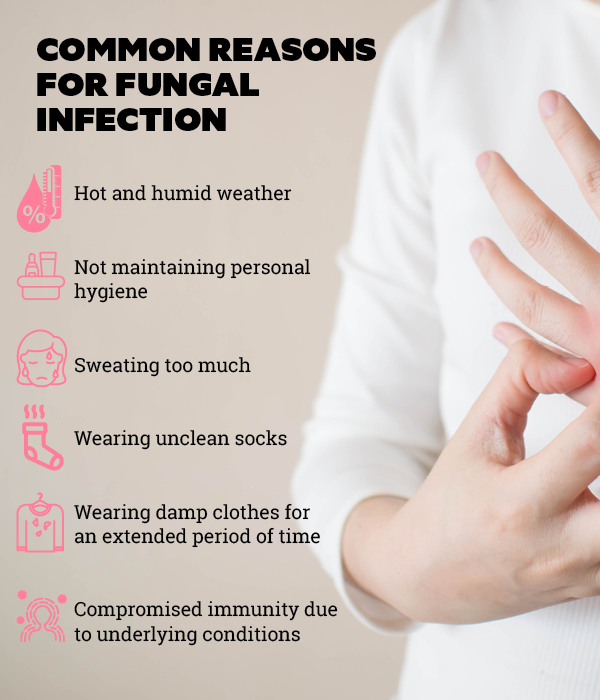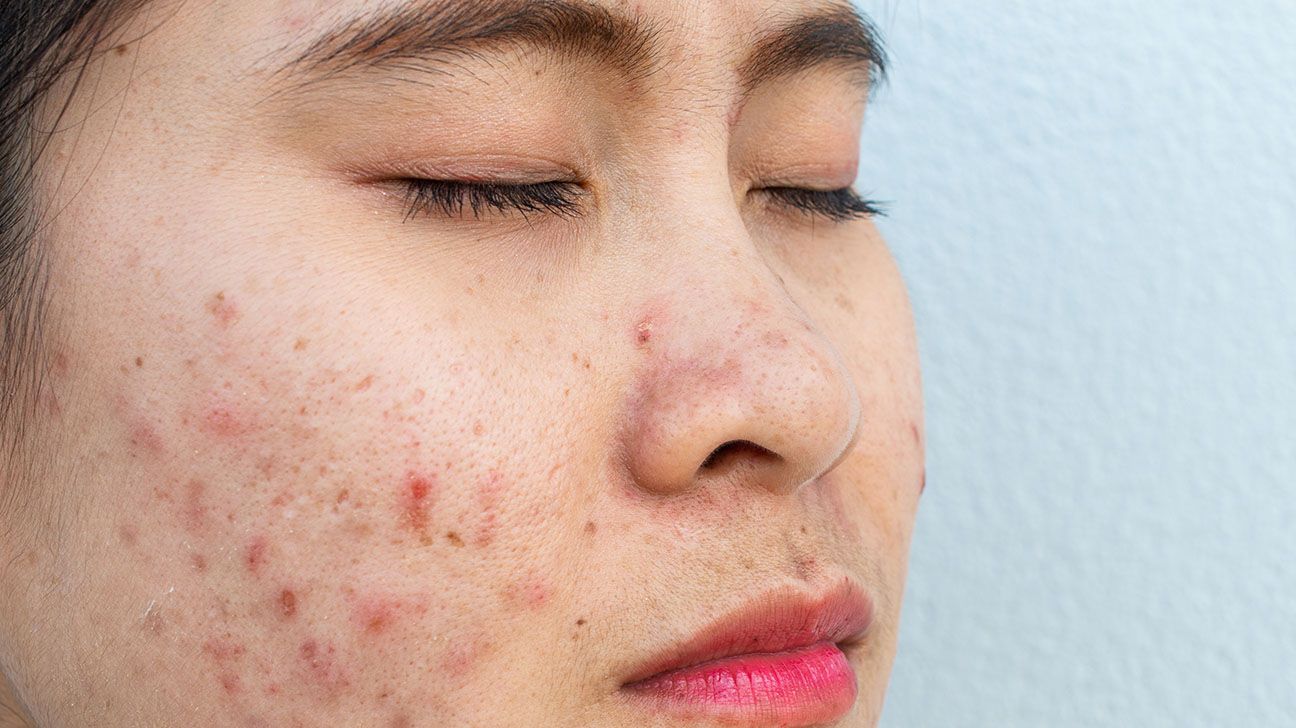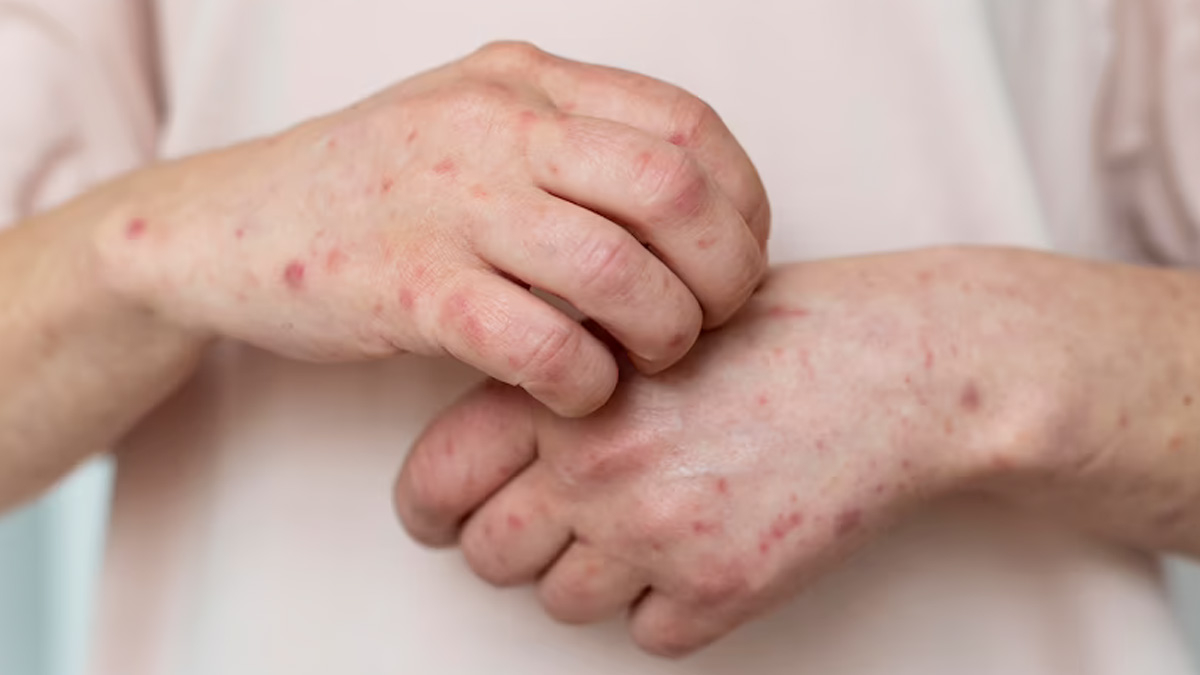Fungal infections are a common yet often underestimated health issue affecting millions globally. These infections occur when fungi invade specific areas of the body, thriving in warm and damp conditions. From superficial skin infections to more severe internal ones, fungal diseases come in many forms. Understanding the causes, identifying the risk factors, and exploring effective treatments can empower you to tackle these conditions effectively.
This article delves into the essentials of fungal infections and provides actionable remedies to prevent and manage them.
Understanding the Causes of Fungal Infections
Fungi are microscopic organisms found in various environments, from soil to household surfaces. While many fungi are harmless, some can cause infections when they breach the skin or mucous membranes.

- Environmental Exposure
- Fungi like Candida and Aspergillus are naturally present in the environment. Exposure to contaminated air, water, or surfaces can lead to infections, particularly in individuals with compromised immunity.
- Poor Hygiene Practices
- Inadequate cleaning, prolonged dampness, and infrequent changing of clothes can create favorable conditions for fungal growth, especially on the skin and feet.
- Imbalanced Microflora
- The body’s natural balance of bacteria and fungi can be disrupted by antibiotics, hormonal changes, or stress, allowing harmful fungi to proliferate.
- Direct Contact
- Skin-to-skin contact or sharing personal items like towels and shoes can transmit fungal infections. Public spaces such as gyms and swimming pools also pose a higher risk.

Identifying the Risk Factors
Certain factors increase the likelihood of developing fungal infections. Awareness of these can help mitigate risks.
- Weakened Immune System
- Conditions like HIV/AIDS, diabetes, or cancer treatments that suppress immunity make individuals more susceptible to fungal diseases.
- Excessive Sweating
- Athletes and people living in humid climates often experience excessive moisture retention, fostering fungal growth in areas like the feet and groin.
- Unhealthy Diet
- Diets high in sugar can fuel fungal growth, especially for infections like oral or vaginal thrush caused by Candida.
- Pre-existing Skin Conditions

- Disorders such as eczema or psoriasis can weaken the skin barrier, making it easier for fungi to invade.
- Age and Lifestyle Factors
- Infants, elderly individuals, and those with sedentary lifestyles face higher risks due to their reduced ability to fend off infections.
Effective Remedies for Fungal Infections
Treating fungal infections requires a combination of medical intervention and home remedies. Addressing the root cause and maintaining a hygienic environment are crucial steps toward effective management.
1. Medical Treatments
- Topical Antifungal Creams: Over-the-counter or prescription creams can effectively treat localized infections like athlete’s foot or ringworm.
- Oral Antifungals: Severe infections, such as those affecting internal organs, often require oral medications. Examples include fluconazole and itraconazole.
- Antifungal Shampoos: Scalp infections like tinea capitis are often treated with medicated shampoos containing ketoconazole or selenium sulfide.
2. Natural Home Remedies
:max_bytes(150000):strip_icc()/VWH_Illustration_Yeast-Infection-Home-Remedies_Illustrator_Jessica-Olah_Final-09bf8d50409b4f8992e9c25454eb7e48.jpg)
- Tea Tree Oil: Known for its antifungal properties, applying diluted tea tree oil can help treat skin and nail infections.
- Apple Cider Vinegar: Adding a few tablespoons to a warm bath can reduce itching and inhibit fungal growth.
- Garlic: Consuming raw garlic or using garlic-infused oils on affected areas can provide relief due to its antifungal properties.
- Yogurt and Probiotics: The healthy bacteria in yogurt can restore balance to the body’s microbiome, particularly for infections like thrush.
3. Preventive Strategies
:max_bytes(150000):strip_icc()/VWH_Illustration_Tips-to-Prevent-a-Fungal-Rash-on-Your-Face_Illustrator_Jessica-Olah_Final-99e2e91eed9649f78a1aaee3af398103.jpg)
- Keep skin dry and clean, especially in folds and between toes.
- Avoid sharing personal items like combs, razors, and footwear.
- Wear breathable fabrics to minimize moisture retention.
- Disinfect surfaces in communal spaces to reduce fungal exposure.
The Importance of Seeking Professional Advice
While many fungal infections are manageable at home, persistent or recurring symptoms require medical attention.
- Early Diagnosis: Seeking treatment promptly can prevent complications.
- Lab Tests: Diagnostic tests can confirm the type of fungus, ensuring accurate treatment.
- Specialized Care: Dermatologists and infectious disease specialists provide targeted therapies for severe infections.
Conclusion
Fungal infections are not only treatable but also largely preventable with the right knowledge and habits. Understanding their causes, recognizing risk factors, and implementing effective remedies can help you maintain optimal health. Incorporate proper hygiene, use antifungal products when needed, and don’t hesitate to consult a healthcare provider for persistent issues.
Found this guide helpful? Visit our website for more insights on managing infections and staying healthy. Share your thoughts or tips in the comments—we’d love to hear from you!

Leave a Reply